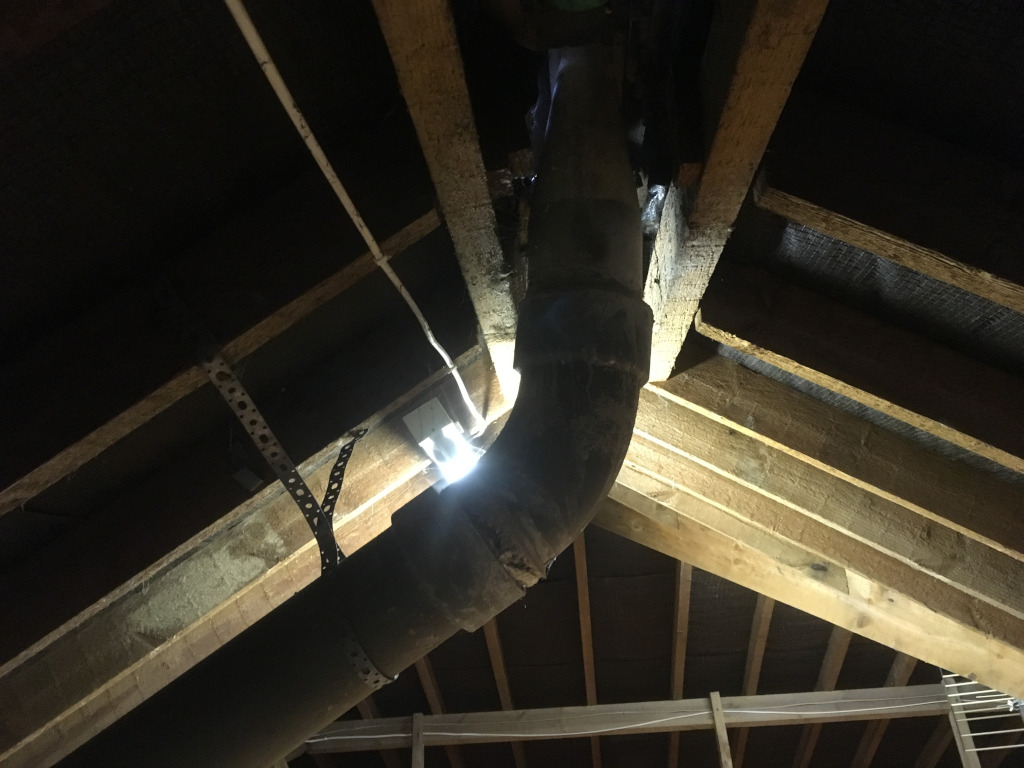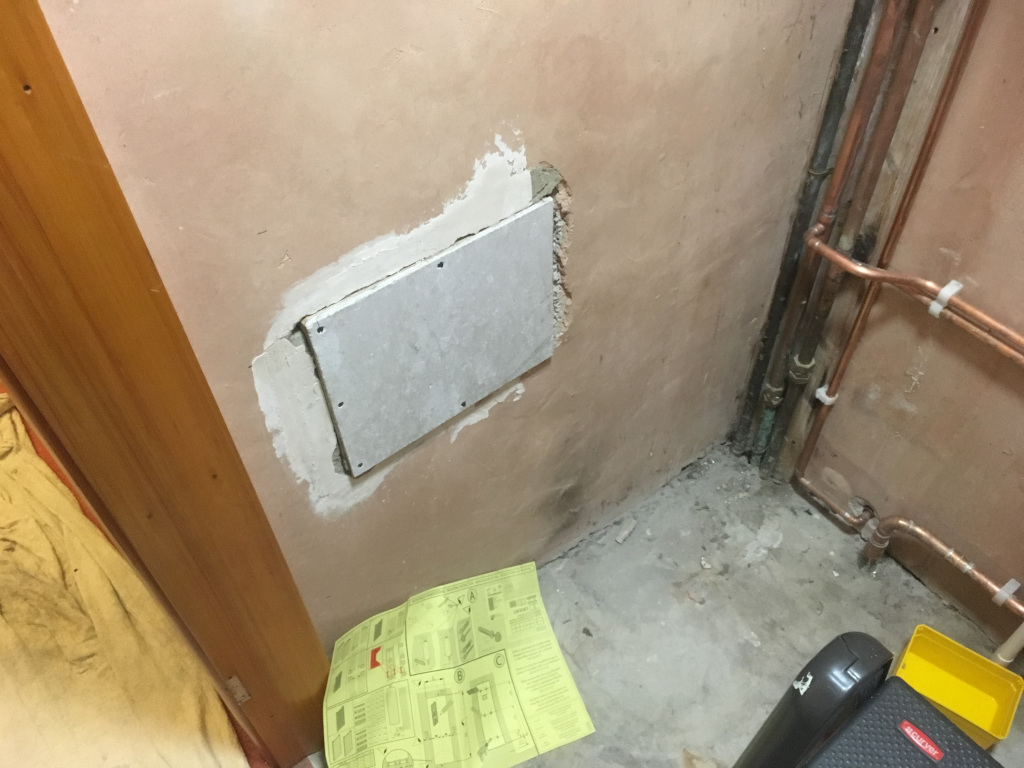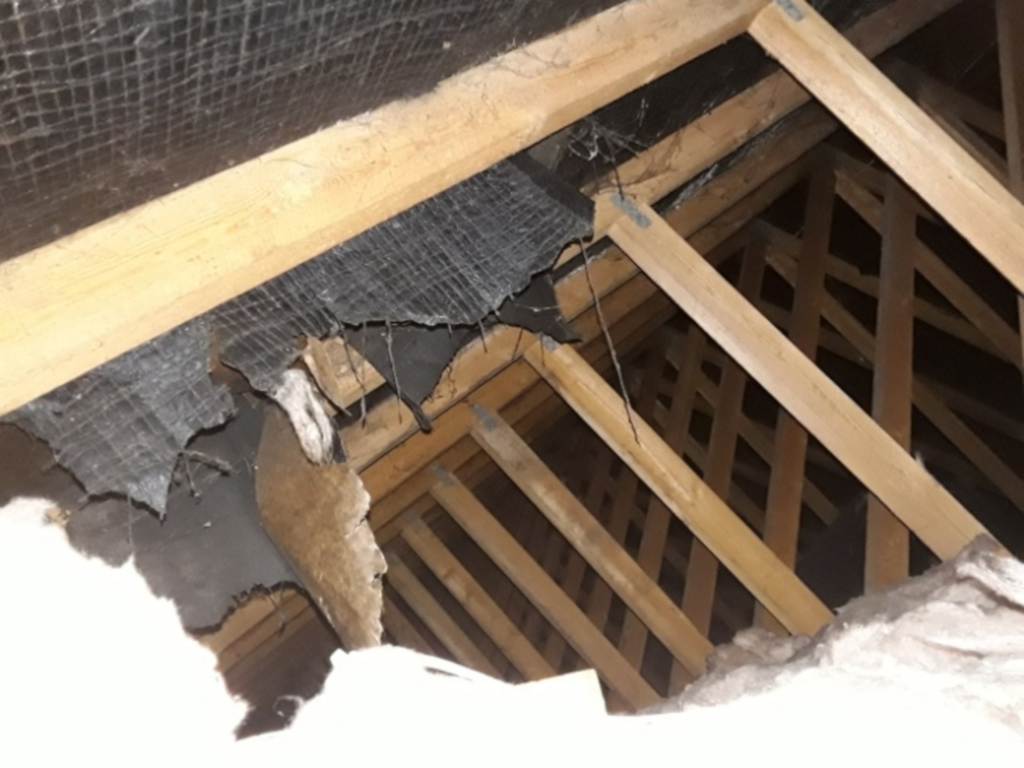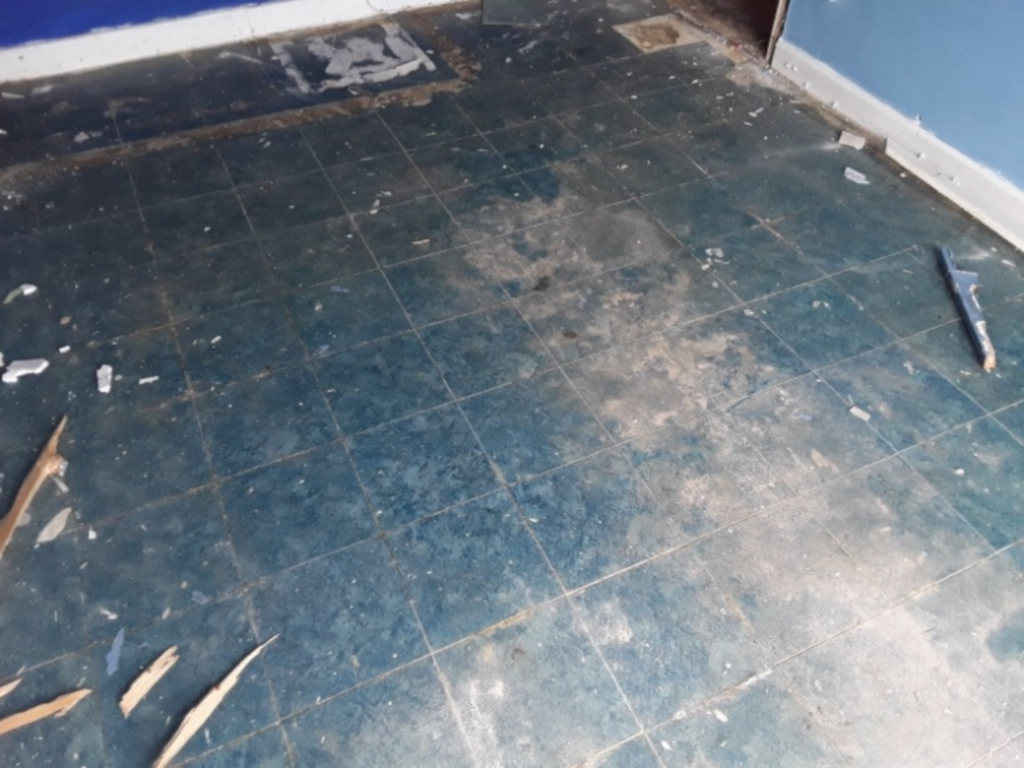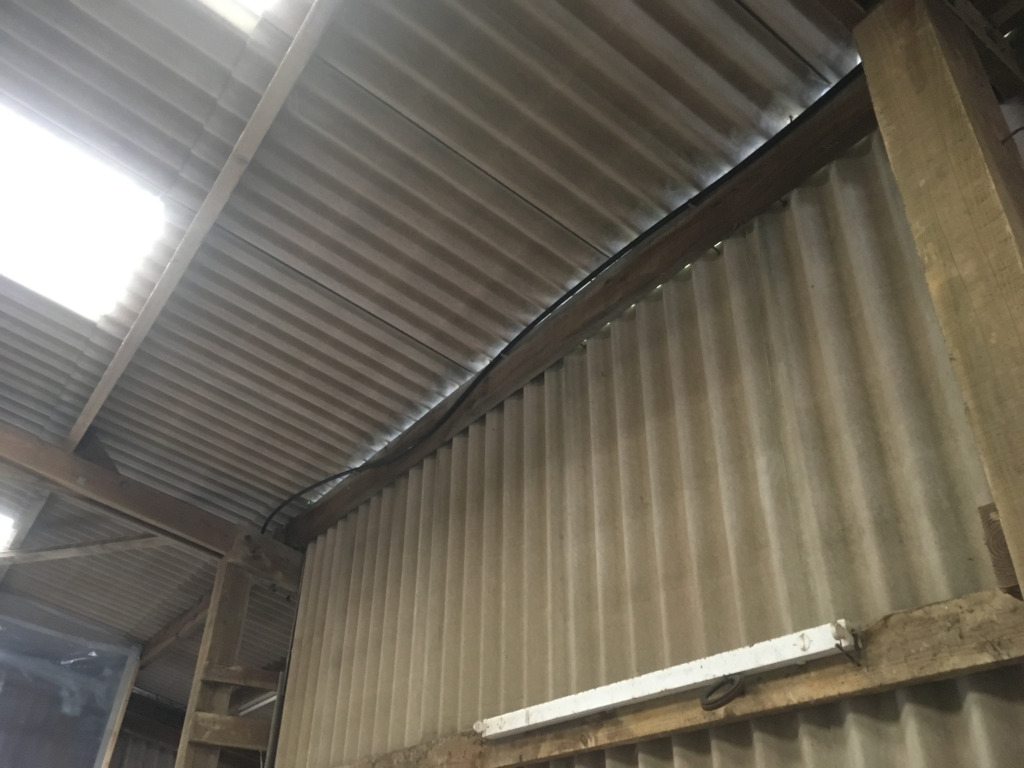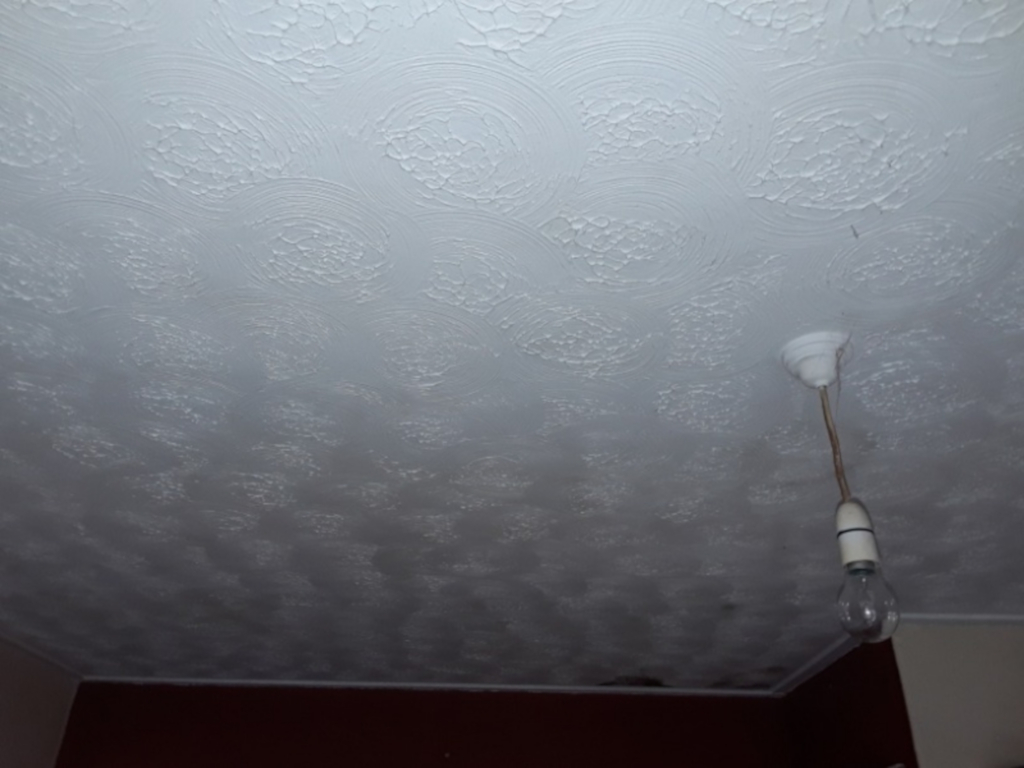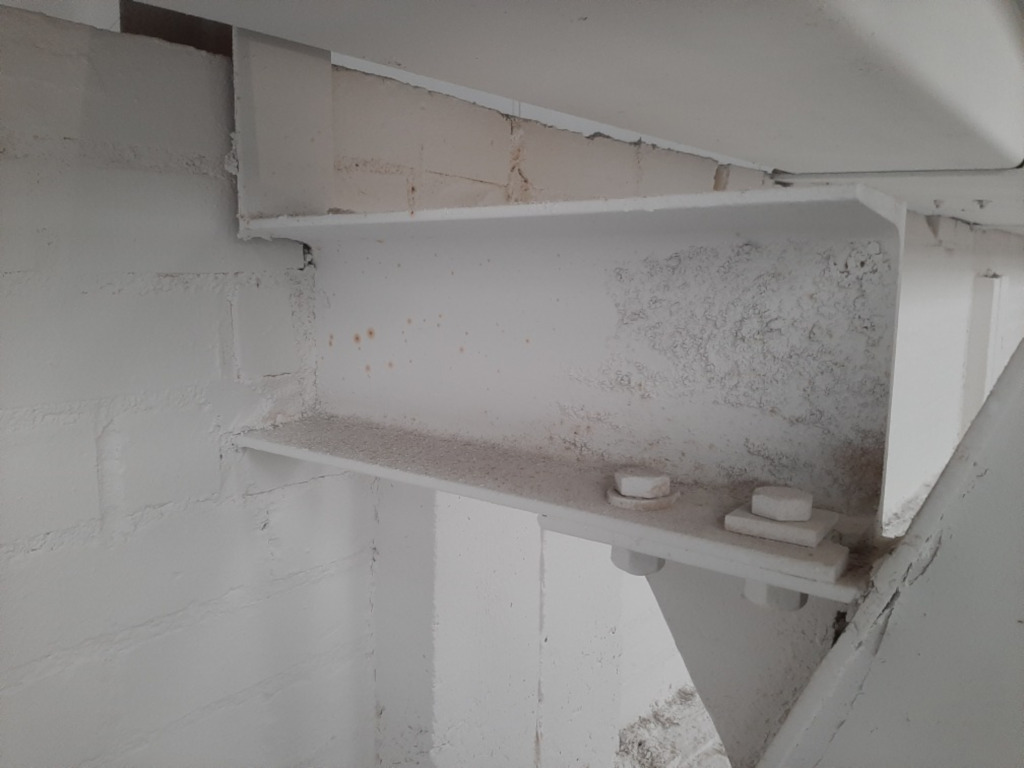Up to: < Surveys
Asbestos Types
What is asbestos? What are its uses? What are the dangers?

Many countries mined asbestos including Africa, America, Canada and China. Russia still continues to mine it.

What is asbestos?
Asbestos is naturally occurring. It is mined from silicate and amphibole mineral rocks which can be found all around the world. Over time and through processing the crystalline mineral turns into a usable fibrous form. It is this fibrous form that was (and still is in some countries) used in a variety of building and commercial materials.
Asbestos has greater flexibility and tensile strength along its elongation than other non-asbestos fibres. It is this characteristic which has led to it being used commercially to strengthen materials. All types of asbestos are heat resistant. This is another property that has led to its commercial exploitation.
Types of asbestos
There are six commercially used types of asbestos fibre. They are referred to as common and rare, based on how often they were used in commercial products.
Common asbestos types:
- Blue asbestos - Crocidolite
- Brown asbestos - Amosite
- White asbestos - Chrysotile
Rare asbestos types:
- Fibrous Anthophylite
- Fibrous Tremolite
- Fibrous Actinolite
Actinolite and tremolite occur as impurities in many other minerals including: chrysotile, talc and vermiculite. There is little commercial use of these two types in the U.K.
Amosite is actually a brand name. The mineral itself is grunerite. The word amosite came from Amosa, an acronym for the mining company ‘Asbestos Mines of South Africa.’
Two mineral families of asbestos
- Amphobile asbestos - has needle shaped fibres. Amosite and crocidolite are the most commercially valuable amphibole asbestos forms.
- Serpentine asbestos - has curly fibres. Chrysotile is the only form of asbestos from this family.

Asbestos uses
Each asbestos type was used accordingly to its suitability for a product.
- Chrysotile is the most abundant asbestos type and accounted for over 95% of world production. It was the most widely used before it became prohibited in the U.K. in 1999. The main product containing chrysotile was asbestos cement. The U.K. produced about 1/2 million tonnes per annum between 1950 and 1975. It was also used in many other material types, such as vinyl floor tiles, bitumen products, moulded plastics, textiles, insulation boards and artex coatings.
- Crocidolite was also used in common commercial products in the U.K. Some considered crocidolite to be the best of all the asbestos fibres, due to its flexibility, strength and chemical resistance. These properties led to it being used extensively in battery casings.
- Amosite fibres trap air, making it an ideal insulating material. It can be found in insulating board, ceiling tiles, pipe insulation and thermal insulation products.
The dangers of asbestos
Some agencies claim that some types of asbestos are more hazardous than others. Studies suggest it takes much less exposure to amphibole asbestos to cause cancer, than serpentine asbestos. Despite these theories, all asbestos forms are dangerous as they are able to break down, and can cause:
- Asbestosis
- Malignant mesothelioma
- Lung cancer
- Other serious diseases
Asbestos is the primary cause of mesothelioma. Inhaled asbestos fibres damage DNA , causing inflammation and scarring. When the fibres travel internally to different parts of the body, it results in different types of mesothelioma. For example, pleural mesothelioma is caused when fibres lodge in the pleura (the tissue that wraps around the outside of the lungs). The peritoneal type is caused when fibres lodge in the lining of the stomach. These problems will often not begin to develop until 20-30 years after exposure to asbestos. The average age for mesothelioma patients at diagnosis is 62 years olds.
Despite banning all forms and uses of asbestos in 1999. Great Britain still has one of the world’s highest rates of mesothelioma cancer. According to the government’s Health and Safety Executive’s, July 2019 report, the number of annual deaths from mesothelioma is expected to peak and then begin a gradual decline in 2020. The report included 2,523 deaths in 2017 (the last year available) from mesothelioma.
Examples of asbestos containing materials
See the photo gallery below for examples of asbestos containing materials. If you click on a photo, it will start a slideshow. The images will enlarge and will include a description of the asbestos containing material. These may be be present in your home or premises.

